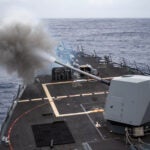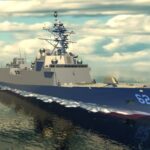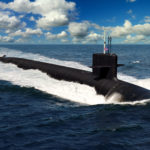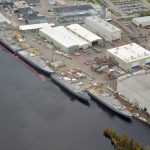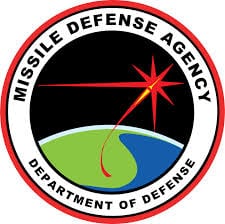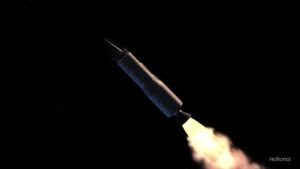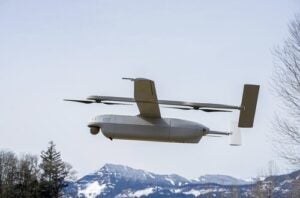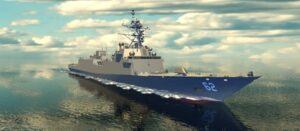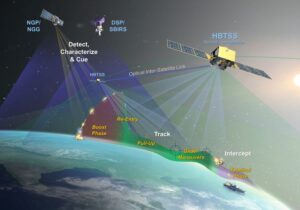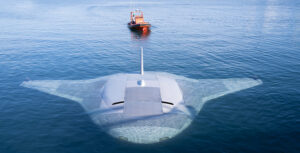
Northrop Grumman’s [NOC] Manta Ray uncrewed underwater vehicle completed full-scale in-water testing earlier this year, the Defense Advanced Research Projects Agency (DARPA) said. DARPA this week announced the Manta Ray conducted the testing in February and March off the coast of Southern California. Tests demonstrated the vessel’s at-sea hydrodynamic performance, covering submerged operations using all the vehicle’s modes of propulsion and steering including buoyancy, propellers, and control surfaces. Last month, Northrop Grumman said it finished assembly of the Manta Ray…

 By
By 